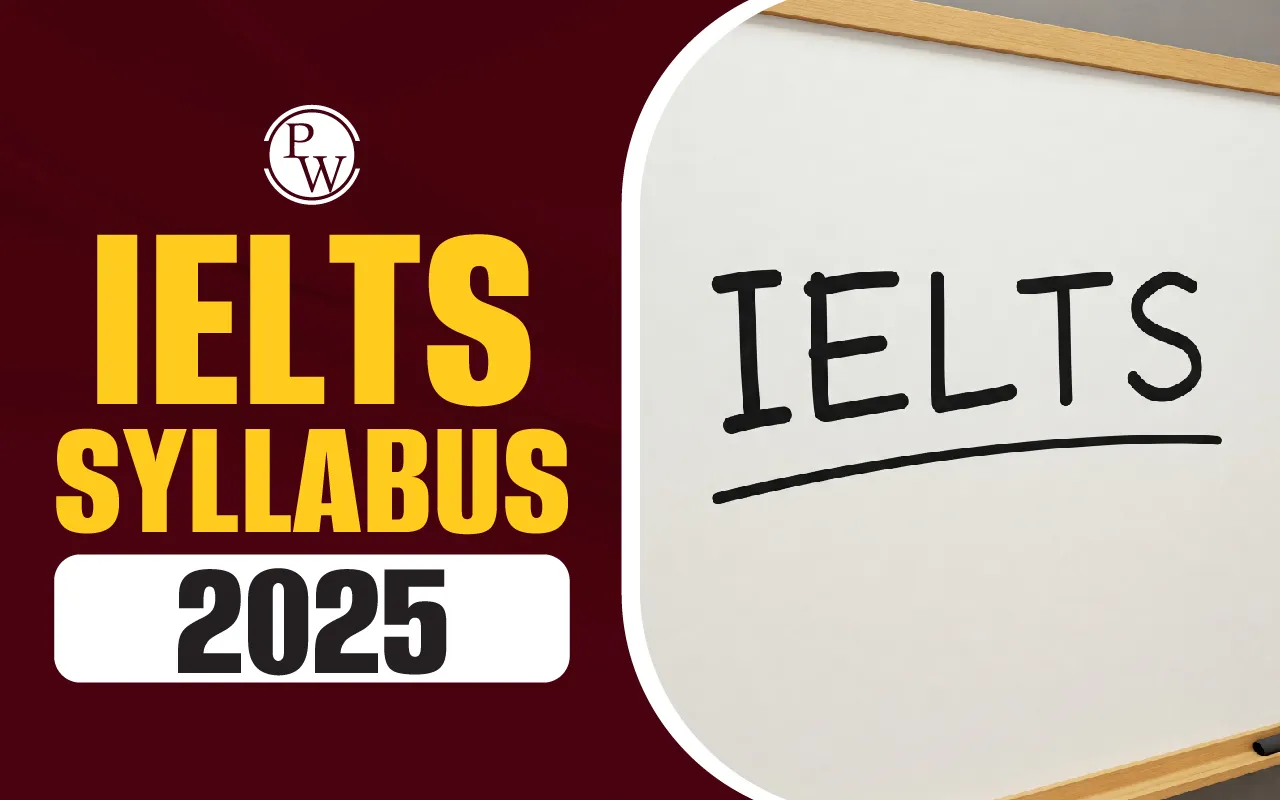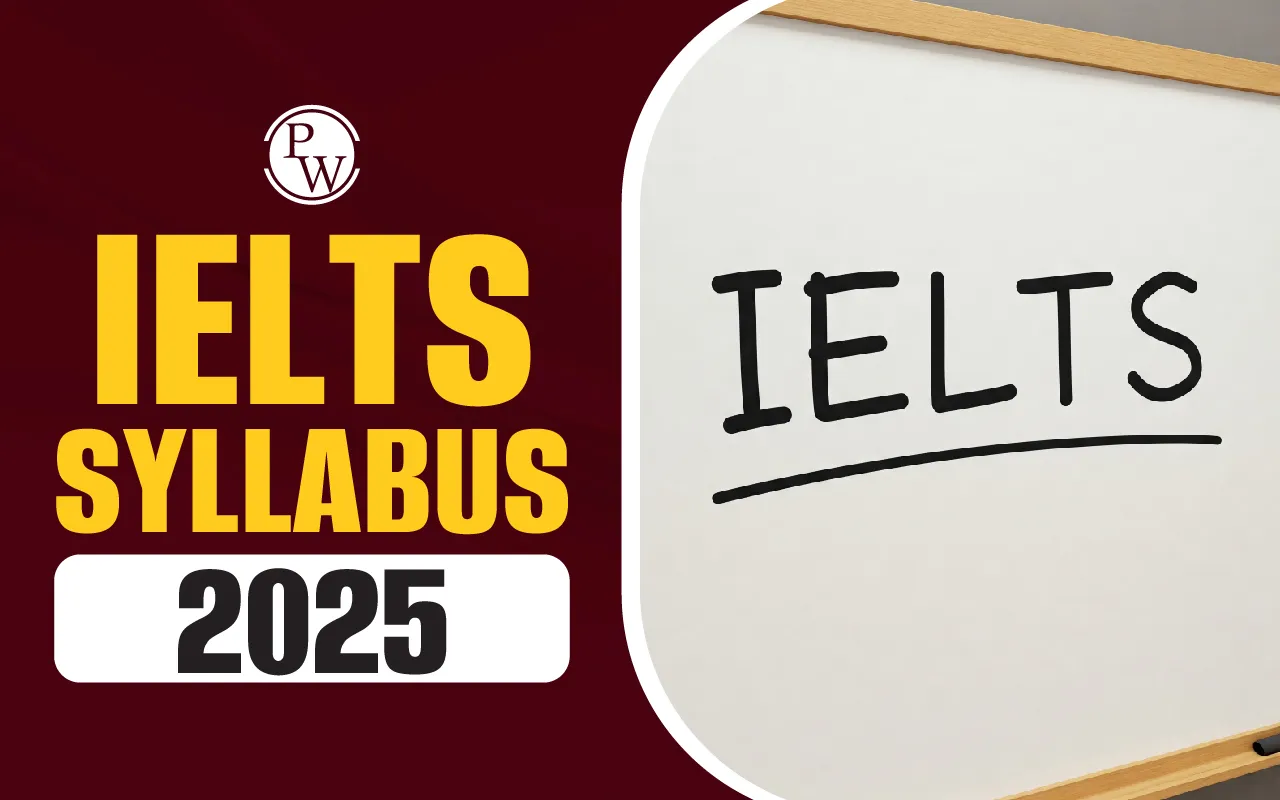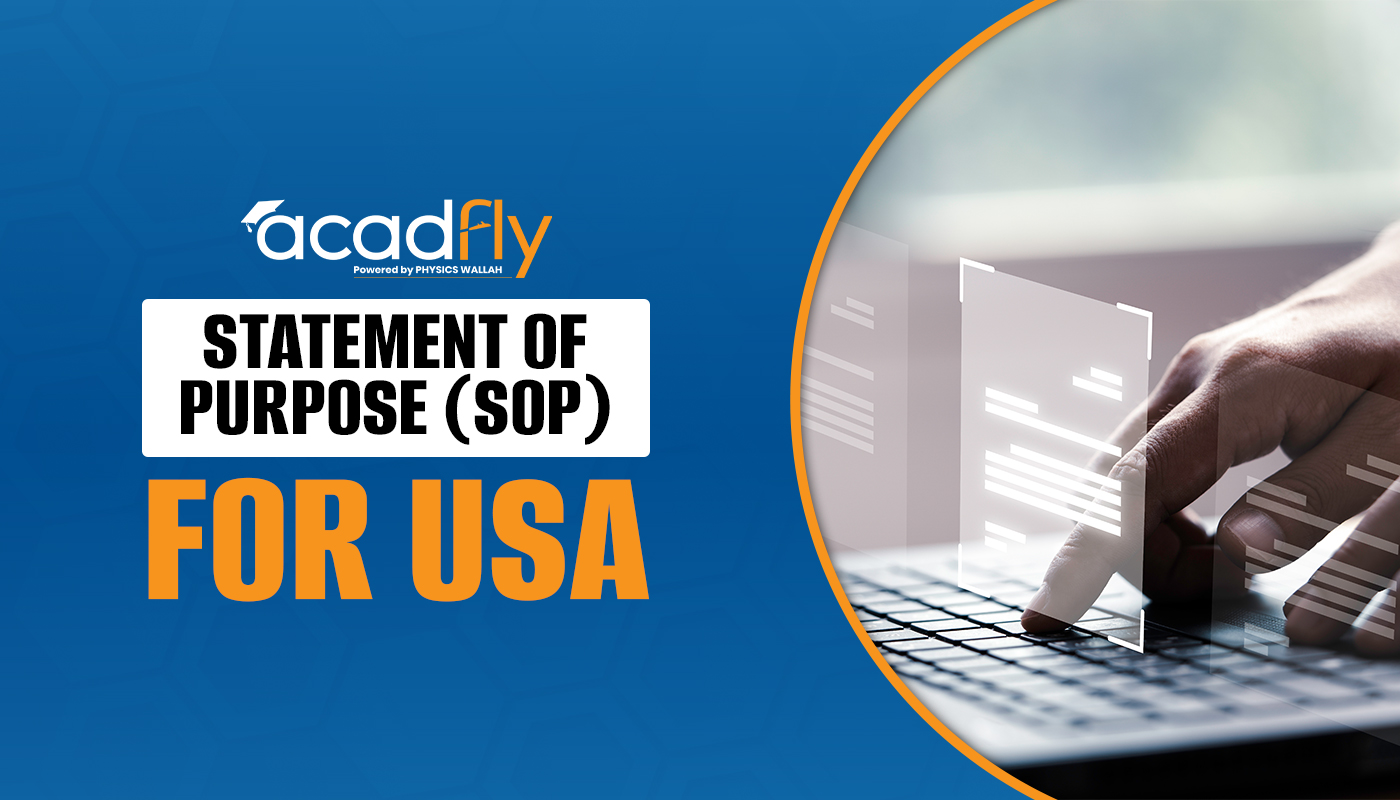

IELTS Syllabus 2025 is important to understand if you want to perform well on the test. The IELTS exam is offered in two versions: Academic and General Training. Academic is meant for students who want to continue their studies in a country where English is the primary language.
People who want to work in or immigrate to these countries are those in need for general training. The four different parts of the IELTS syllabus, writing, reading, speaking, and listening. Every section presents different difficulties and requires good proficiency in the English language.
IELTS Syllabus 2025 Overview
The IELTS test checks your English skills in four areas, which include Listening, Reading, Writing, and Speaking. It comes in two types, i.e., Academic for students and General Training for work or immigration. Knowing what each part includes will help you prepare well for the exam. Check below is are IELTS syllabus 2025 overview:
|
IELTS syllabus 2025 overview |
|||
|---|---|---|---|
|
Section |
Description |
Duration |
Academic vs General Training Differences |
|
Listening |
Tests your ability to understand spoken English in various contexts and accents. |
~30 minutes |
Same for both Academic and General Training |
|
Reading |
Measures your reading comprehension skills through passages and questions. |
60 minutes |
Academic passages are more complex; General Training focuses on everyday texts |
|
Writing |
Requires you to complete two tasks: describing visuals or data, and essay writing. |
60 minutes |
Academic tasks focus on graphs and formal essays; General Training includes letter writing and essays |
|
Speaking |
A face-to-face interview assessing your spoken English abilities in a conversational setting. |
11-14 minutes |
Same for both Academic and General Training |
IELTS Exam Pattern 2025
The following table provides a complete understanding of the IELTS exam pattern for those who want to take the Academic or General Training versions of the exam:
|
IELTS Exam Pattern 2025 |
|||
|---|---|---|---|
|
IELTS Test Sections |
IELTS Academic |
IELTS General Training |
Time Allocated |
|
IELTS Listening |
4 parts and there are 40 questions. |
30 minutes |
|
|
IELTS Reading |
3 passages and there are 40 questions |
3 sections, 40 questions |
60 minutes |
|
IELTS Writing |
Task 1: Describe information Task 2: Essay |
Task 1: Write a letter Task 2: Essay |
60 minutes |
|
IELTS Speaking |
Part 1: Introduction and Interview Part 2: Individual long turn Part 3: Discussion |
11-14 minutes |
|
IELTS Listening Syllabus
Both the general and academic versions of the IELTS listening test follow the same format. There are ten questions in each of the four sections of the listening exam. After listening to the audio, you have 30 minutes to give answers to the questions. You will have ten minutes to move the answers to the answer sheet. The IELTS listening section syllabus can be found in the table below.
|
IELTS Listening Overview |
|
|---|---|
|
Total Recordings |
4 |
|
Total Number of Questions |
40 |
|
Duration |
30 minutes additional 10 minutes. to transfer Answer in sheet. |
|
Marks |
1 mark for each correct answer |
|
Test Format |
Four recorded texts - two monologues, two conversations |
|
Key Aspects |
Every day social context, educational or training context |
The audio features different accents that can only be played once, such as British, Australian, New Zealand, and North American. You should listen to the following four recordings:
Recording 1: A dialogue between two people that relates to the social environment.
Recording 2: A monologue speech discussing a topic that is related to daily life, such as local facilities.
Recording 3: A four-person talk that may be related to education.
Recording 4: A monologue speech for academic purposes.
IELTS Reading Syllabus
Students who want to enroll in undergraduate and graduate programs are examine on three passage of broad interest in the IELTS reading part. Academic reading and general reading are scored differently on the IELTS reading exam. Both reading exam require 60 minutes to finish and include three passages or sections with 40 questions.
Many reading skills are examine in this exam, including understanding of logical arguments, summary, key concepts, detail, skimming, and identifying the perspectives, attitudes, and motives of authors. The table below provides the IELTS reading syllabus.
|
IELTS Reading exam Syllabus |
|
|---|---|
|
Total Passages |
3 |
|
Passage Length |
2150-2750 words |
|
Time per Passage |
20 minutes |
|
Passage Source |
Academic: Books, Journals, Newspapers General: Advertisements, Company Handbooks, Official Documents, Books, Newspapers |
|
Total number of questions |
40 |
|
Duration |
60 minutes |
|
Marks |
1 mark for each correct answer |
|
Test Format |
Identify the opinions, and purpose of the writers attitudes. |
IELTS Academic Reading
Three lengthy paragraphs that can be descriptive, factual, verbal, or analytical consisted in IELTS academic reading. Nonverbal elements like graphs, images, and diagrams may also be included in the paragraph. The paragraphs are taken from newsletters, magazines, novels, and journals. The passages were written for non-specialist audiences, such as those pursuing professional registration or further education.
IELTS General Training Reading
Notices, advertising, newspapers, magazines, books, company handbooks, and guidelines are among the sources used in the three sections of the IELTS general training test. The Paragraph may be encountered daily in an English-speaking. A long Paragraph is included in Section 3 (general reading), two Paragraph are included in Section 2 (workplace survival), and two to three shorter Paragraph are included in Section 1 (social survival). IELTS reading question types
-
Multiple Choice Questions
-
Identifying information
-
Identifying the writer’s views/claims
-
Matching information
-
Matching headings
-
Matching features
-
Matching Sentence Endings
-
Summary completion
-
Note completion
-
Table completion
-
Short-answer questions
-
Sentence completion
-
Diagram label completion
-
Flow-chart completion
IELTS Writing Syllabus 2025
The IELTS 2025 writing test is divided into two versions: academic and general training. The IELTS writing exam includes two tasks. Task 1 is a 150-word essay in which you are expected to either answer the scenario or provide your description of the provided graph, table, chart, or diagram. Task 2 requires you to reply to a viewpoint, argument, or issue in a 250-word essay. The IELTS writing test lasts for 60 minutes in total.
|
IELTS Writing Syllabus 2025 |
|
|---|---|
|
Total number of tasks |
2 (Task 1 & Task 2) |
|
Duration |
60 minutes |
|
No. of words |
Task 1: 150-word essay |
|
Types of Questions |
Task 1: Graph, Diagram, Process, Map, Table, Chart General Task 1: Formal, Semi-formal, Informal Task 2: Point of view, Argument, Problem |
|
Writing Band Descriptor |
Task Achievement, Lexical Resource, Coherence & Cohesion, Grammatical Range and Accuracy |
IELTS 2025 Academic Writing
You must attempt both Task 1 and Task 2, which cover subjects of general interest, in the IELTS academic writing section.
IELTS Academic Writing Task 1
For academic writing task 1, you have 20 minutes to write a 150-word essay. You will be provided visual data, such as a map, chart, graph, diagram, or table, and you will be required to describe, summarize, or explain it using your own words. You may be asked to explain and describe data, stages in a process, how something works, or an object or event.
IELTS Academic Writing Task 2
Writing task 2 requires you to write a 250-word essay in which you express your thoughts and opinions regarding the specified question. The answer must be written officially. Task 2 has been allowed 40 minutes. They can be two-part or double questions, agree/disagree, advantage/disadvantage, problem/cause and solution, or discuss both points of view.
IELTS General Writing
The IELTS general writing exam has two tasks, Task 1 and Task 2, with broad interest subjects, just to academic writing.
IELTS General Writing Task 1
In IELTS general writing task 1, you will be given a scenario and told to compose a letter describing the issue or requesting further information. Letters might be semi-formal, casual, or formal. The letter has to be at least 150 words long. This task has a 20-minute time limits. This activity will assess your ability to keep to English letter-writing guidelines.
IELTS General Writing Task 2
You will be required to write an essay as an answer to an issue, argument, or point of view in this exam. In 40 minutes, a 250-word essay must be completed. The essay must have a unique format. Your ability to follow to English verbal writing conventions will be tested by this task.
IELTS Speaking Syllabus
Both the academic and general training versions of the IELTS speaking exam will use the same format. The IELTS speaking exam tests your English speaking skills through a live oral interview. An introduction, a cue card, and a follow-up conversation are the three parts of the exam. The exam will take 11–14 minutes to complete, and it will be recorded for grading.
|
IELTS Speaking Exam Overview |
|
|---|---|
|
Total number of sections |
2 part |
|
Duration |
11-14 minutes |
|
Types of Questions |
Part 1: Introduction and Interview Part 2: Long Turn Part 3: Two-way Discussion |
|
Speaking Band Descriptor |
Coherence and Fluency, Pronunciation, Grammatical Range and Accuracy, and Lexical Resource |
Part 1 (Introduction and Interview)
You will be asked to introduce yourself by the examiner in Part 1. After that, you will be questioned about broad subjects like your studies, job, family, house, and interests. The examiner will look at your vocabulary, word choice, grammar, and communication. The speaking part 1 is of four to five minutes.
Part 2 (Long turn)
Part 2 of the IELTS speaking exam is a lengthy task that lasts three to four minutes, plus one minute for preparation. After giving you a cue card, the examiner will ask you to talk about a certain topic. You must describe one part of the topic and include important topics to discuss.
You will be given a pen and paper so you may take notes. You will find instructions on what you must and must not do on the task card. Your skill to analyse language and organise ideas logically will be the main focus of the exam.
Part 3 (Discussion)
You will be asked follow-up questions regarding the subject matter covered in Part 2. You'll be able to talk about more general concepts and problems. It takes four to five minutes to finish Speaking Part 3.
IELTS Syllabus FAQs
When should IELTS take place for the September 2025 intake?
What is the syllabus for IELTS?
What is the IELTS question paper pattern for the reading section?
Is IELTS online or offline?
How long is the IELTS exam?
How can I best prepare for the IELTS exam?
What is the difference between IELTS Academic and General Training?










